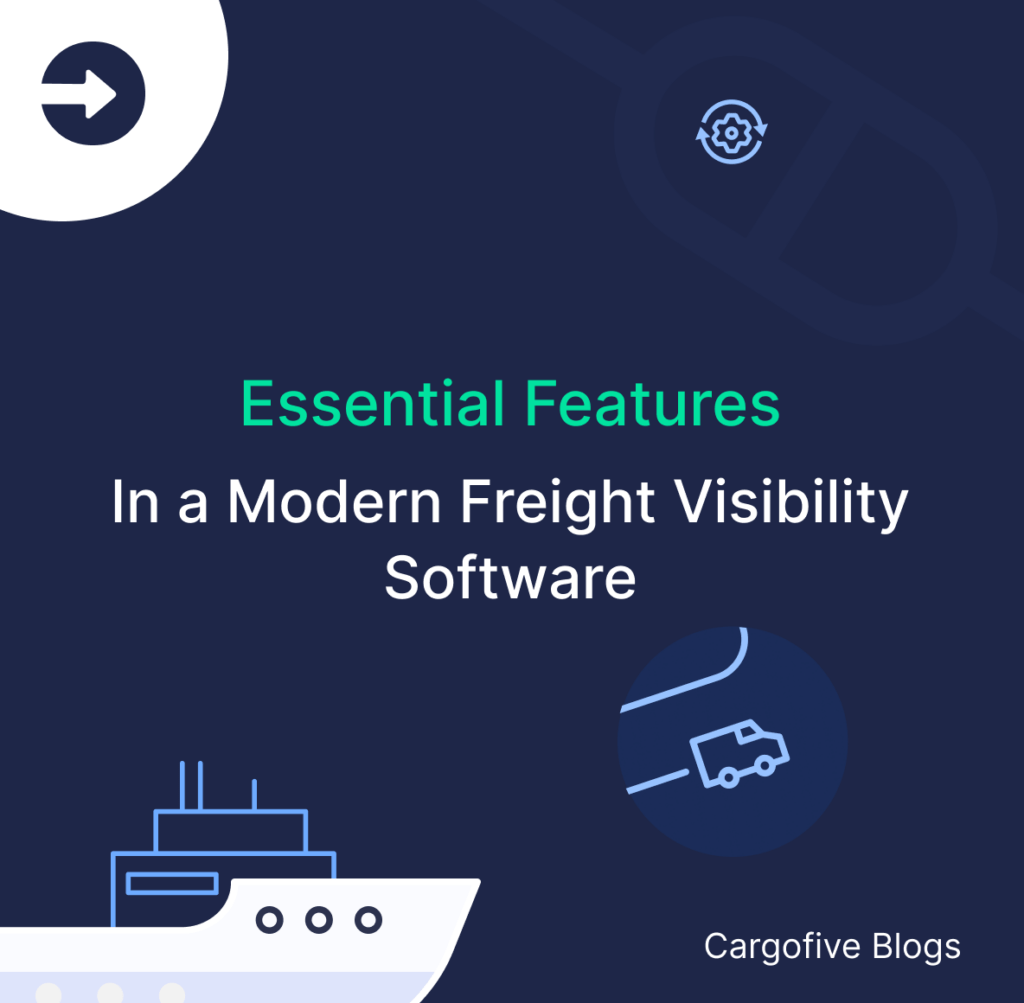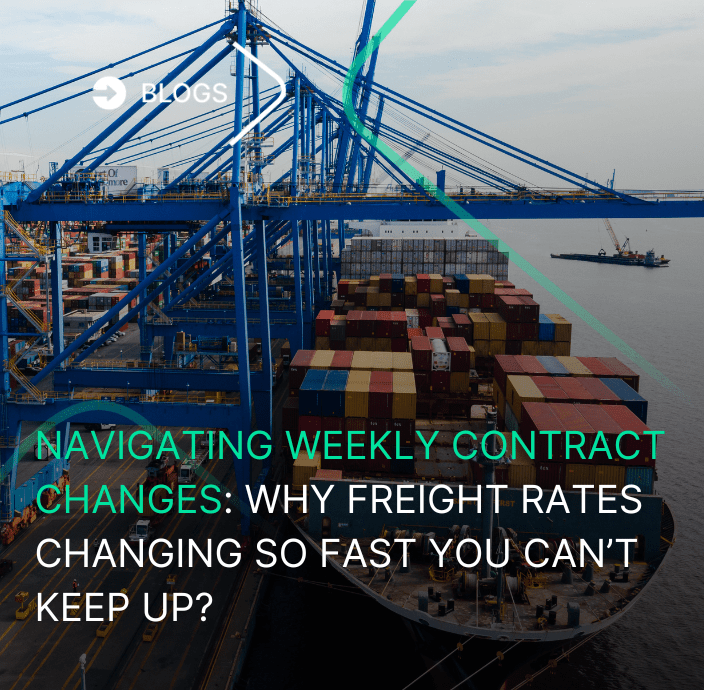Traditional freight forwarders that have not yet taken the step towards digitization, have in front of them a big challenge: to demonstrate how far they can go without it.
It is true that not all digital players in the industry can brag about the infrastructure and knowledge of the maritime industry as the traditional freight forwarders can. However, this does not mean that the traditional ones have much time left before they have to say “yes” to digitization. Finally, their environment is already submerged in the 4th industrial revolution and the technological advances in the maritime industry have shortened the differential gap between one type of freight forwarder and the other one.
That is why we see that every day there are more traditional freight forwarders that have taken up the challenge of transforming themselves into digital ones, or at least most are adopting digital solutions to improve their traditional working methods.
But how far can traditional freight forwarders go without digitization?
We live in a dynamic, active, changing, and instantaneous world. It is thanks to technologies such as blockchain, AI, IoT, Big data, robotization, e-commerce, e-pricing, etc., that companies are innovating in terms of service, speed of response, and specialization of their workforce to improve the quality of their work. This with the goal of being competitive and ensuring a market share, which allows them to stay up to date with the industry.
And given the speed in which technology is developed, the risk of not being digitized now may mean for a traditional freight forwarder to have to pay a very high price in the future.
The cost of not being digitized on time could involve, among other things:
- Loss of value and high turnover of the workforce, which is aware of the transformation of the environment and will seek to overcome itself individually, so it will also look for the company that offers opportunities for development and growth.
- Loss of clients. The current customers and the potential ones will not only stay with who gives them the best price, but also with the one that gives them quick solutions in each part of the process of maritime cargo transportation. And we know that with traditional and manual methods that it is not possible.
- Being at a constant disadvantage compared to its competition. Training personnel now and adapting systems progressively can be easier and cheaper, doing so in the future would mean that most of their competitors would have a greater advantage.
So, a traditional freight forwarder must ask itself if it wants to ensure its existence in the future or if it prefers to see how far it can go without being part of the new digital era.
We think the best thing to do is to dare to change and to begin the digital transformation process. The traditional ones can access digital tools, such as Cargofive, which allows you to quickly quote and earn sales. This among other digital solutions which will surely take your freight forwarder very far.
AUTHOR



